
|
Could that small vertical mark on your ear have something to do with heart disease? Here is a simple test that could protect you from serious damage to your health.
But before you start worrying, here are some basic statistics and background on the test. Since Dr. Frank's studies were published, more scientists have looked into the correlation between the earlobe crease and heart disease.
One study conducted in 1980 found that there was no significant relationship between earlobe creases and coronary artery disease in American Indians, suggesting that "Frank's sign" may not have the same level of indication in other ethnic groups. Another study on Japanese Americans also found no correlation between earlobe creases and heart disease. Yet other scientists propose that because the studies are usually conducted on patients over the age of 50, the results may be biased as individuals naturally have a higher risk for these diseases as they age. It could be that earlobe creases are simply a sign of the natural aging process. Despite these doubts, most scientists and doctors agree that the appearance of an ear crease at the age of 50 and below could be a good indication that the body is not as healthy as it should be. For this reason, if you have an earlobe crease, or know someone with one, it is important to consult a doctor who can test your blood and determine if this odd indicator holds any truth. And remember, heart disease can be treated and even stopped in its tracks, and once it has disappeared, so too will the earlobe crease! |

Best Nootropics: Boost Your Brain Power
Discover the best nootropics scientifically formulated to enhance cognitive function, improve focus, boost memory, and support overall brain health.

The Screenings to Know at 40, 50 & 60
a comprehensive guide to the most recommended physical health tests for U.S. adults in midlife and beyond, grouped by age.

Did This Technique Just Kill 99% of Cancer Cells?
This revolutionary method, employing the power of vibrating molecules, heralds a new dawn in the fight against cancer, offering hope for a more efficient and less invasive approach to treatment.
 14:07
14:07
Can A.I Catch What Doctors Miss? A Fascinating Talk
How close are we to that and can AI really do better than a human doctor? This fascinating TED Talk addresses these issues.
 8:10
8:10
Winter Hikers, Gather Round for the Best Tip of the Season
Here's how advanced snow hikers layer clothing in the winter.

Is Weekend Sleep as Good as Regular Sleep? Let's Check
If you thought sleeping in on the weekend was a bad habit, you're about to find out that it's quite the opposite.
 23:23
23:23
How Food Can Prevent Alzheimer’s and Boost Brain Health
Let’s uncover the power of food to transform your mind and well-being.
 8:25
8:25
How to Stop Leg Cramps Immediately - The Perfect Remedy
If you're over 50 and have regular leg cramps, stop everything and watch this video.
 11:55
11:55
Sciatica Back and Leg Pain - 5 Pain Relieving Exercises
Flareups are common for sciatica, but they can be managed and reduced with the help of specific exercises and stretches.
 11:39
11:39
What Happens if You Consume Ginger Every Day?
Join us as we unravel the myriad ways ginger could influence your health and well-being.
 8:05
8:05
How to Get Rid Of a Sore Throat: Remedies That Work
Troubled with a sore throat? These natural and safe remedies are proven to be effective.
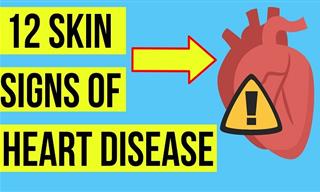 8:45
8:45
12 Skin & Nail Warnings of Heart Health Concerns
These skin and nail signs may indicate heart issues.
 19:18
19:18
Losing Muscle in Your Mature Years? Here's What You Do...
Struggling with muscle loss? Here’s how to fight back…

Study: Is a Glass of Red Wine a Day Truly Good For You?
Once and for all, a study has checked the influence of red wine on our heart. Does a glass a day truly help?
 10:30
10:30
These Exercises Bring Relief to Sciatica and Nerve Pain
A pinched nerve in the back can be a bothersome chronic condition with frequent flareups. Here's how to bring instant relief to this type of back and leg pain.
 20:01
20:01
A 15-Minute Tai Chi Routine for Seniors to Stay Active
This ancient Chinese practice will make life easier for seniors.
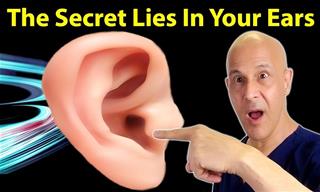 8:03
8:03
The 30-Second Ear Trick That Calms Your Nervous System
This quick ear exercise stimulates the vagus nerve, which plays a key role in relaxation and healing.

Want a Strong Memory? This Study Found What You Need to Do
The positive effect of physical activity on our cognitive abilities may last up to 24 hours after completing the activity...

Oversleeping: How Much Sleep is Too Much?
This article explores the complexities of oversleeping, its potential causes, associated health risks, and offers guidance on managing excessive sleep.

Studies Show: How Work Can Shorten Our Lifespan
You are invited to learn about these studies and discover how many working hours could actually endanger your life.

How 25% of Patients Managed to Prevent Diabetes
How long does it take to get rid of prediabetes, and how is it done? That's exactly what we'll answer in the following article.
 8:06
8:06
Doctor Reveals the Ice Creams That Can Harm Your Health
A doctor reveals the worst and best ice creams you can eat for your health.

This Common Habit Could Be Quickening Your Ageing Process
Watching TV is a great way to relax, but if you get into the habit of doing it regularly, you'll be surprised how much it negatively affects how your body ages.
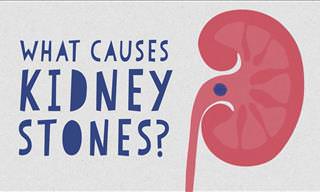 5:15
5:15
Discover What Really Causes Kidney Stones In This Video
Kidney stones can be an incredibly painful affliction, often leading to surgery in order for them to be removed from the body. Find out what causes them here.

IBS vs. IBD: Which Bowel Disease Is It?
Understanding the distinctions between Irritable Bowel Syndrome (IBS) and Inflammatory Bowel Disease (IBD) is crucial.
 2:52
2:52
Is It Ever Safe to Eat Food with Mold on It?
Mold on food raises a lot of questions, and the answers depend on what you’re eating.
 5:20
5:20
Doctor's Advice: What is the Best Way to Cook Vegetables?
We compare ways to cook vegetables to see which method is the healthiest.
 12:20
12:20
Castor Oil Hacks: Unlock Its Several Benefits!
Here’s why you should use castor oil before bed.
 4:18
4:18
The MAIN Differences Between Fish Oil and Cod Liver Oil
Both cod liver and fish oils are healthy options. But which one is more suitable for your body?

Vitamin Blast: The Best Vegan Sources of Vitamin D
Here's a dive into various beverages packed with nutrients vital for daily wellness and immune defense against viruses.
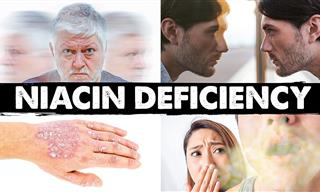 6:32
6:32
Unusual Signs of Vitamin B3 Deficiency You Mustn't Ignore
You may not realize you have Vitamin B3 deficiency!
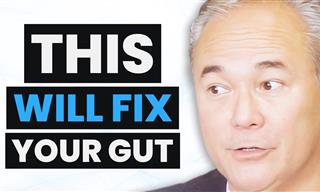 1:54:34
1:54:34
Microbiome Expert: Eat This to Heal Your Gut
This pivotal work outlines the detrimental shifts within our gut health and provides a precise, practical blueprint for rejuvenation and weight loss.
 16:35
16:35
Low-Impact Cardio for Seniors: No Equipment Needed
This 16-minute standing cardio and balance workout is designed with seniors in mind.

Ingrown Toenails – Myths, Facts, and How to Treat Them
Having an ingrown toenail can be an annoyance at best, and a dangerous medical condition at worst. Learn how to treat and prevent it.
 5:00
5:00
50+? Try This Exercise for Stronger Legs!
Improve your balance and leg strength with this one simple exercise.
 1:22
1:22
WATCH: What Do Your Fingernails Say About Your Health?
Your fingernails can say a whole lot about your health, and this video will show you why you should pay more attention to them in the event of abnormalities.
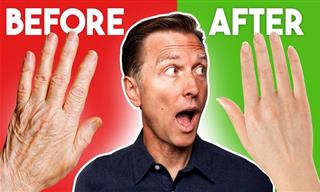 5:25
5:25
Revive Aging Skin with These Doctor-Approved Hacks
Get rid of dry, wrinkled skin with these effective, doctor-approved tips.
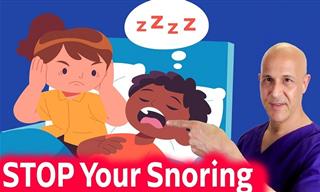 9:32
9:32
How to Stop Snoring: The Easiest At-Home Exercises
Struggling with sleep apnea and snoring? Try these exercises at home for some relief.
 14:14
14:14
Expert Nutritionist Tackles Your Most Burning Diet Q's
Nutritionist Dr. David Katz is here to answer real diet questions from the internet.
 9:58
9:58
Avoid These Risky Exercises if You're 50 or Older
These exercises can actually be harmful to the elderly.
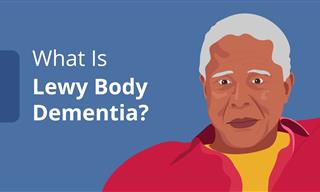 4:24
4:24
A Different Kind of Dementia: Lewy Body in Focus
Lewy body dementia, or LBD, is a brain disorder that not many are aware of.

How Smoking Cannabis Can Affect the Heart
This article explores the current understanding of how cannabis impacts heart health, backed by recent studies.

No More Chemo: A New Treatment for leukemia
Until recently, patients whose leukemia advanced after these two lines of treatment faced poor prognoses. This has now changed thanks to advancements in treatment.
 12:00
12:00
Easy Exercises to Keep Your Blood Pressure in Check
These gentle exercises may help bring balance to both body and mind.

How to Start Getting Into Shape Without Equipment
Today you'll learn about 10 exercises you can do right now at home
 5:01
5:01
How to Balance the Damage from Eating Refined Carbs
Refined carbs can cause some serious health effects. This is what you should do to balance the damage.
 9:21
9:21
Is Organic Food As Healthy and Nutritious As Advertised?
Are organic foods really as healthy and sustainable as advertised, or is it just another advertising campaign? Find out from this video right now.
To enable your Ad-Free Subscription, please fill the fields below
Your subscription was successful, now you can enjoy an ad-free experience!!
Note: To make sure you get no ads, please make sure to log in to your account. If you are logged in already, then refresh the page. The subscription can be cancelled at any time.



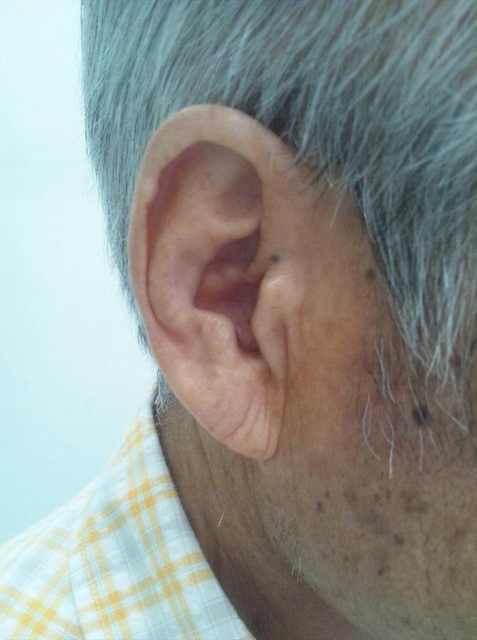
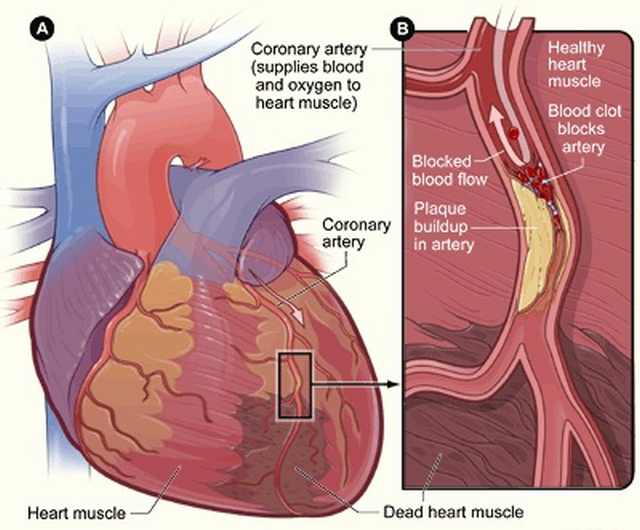 Biologically, ear creases result when the elastic tissue around the small blood vessels in the ear begins to degenerate. This is the same type of change that occurs in the blood vessels when one has coronary artery disease. Therefore, scientists concluded that the visible change in the earlobe could be an indication of more serious changes occurring in the blood vessels around the heart.
Biologically, ear creases result when the elastic tissue around the small blood vessels in the ear begins to degenerate. This is the same type of change that occurs in the blood vessels when one has coronary artery disease. Therefore, scientists concluded that the visible change in the earlobe could be an indication of more serious changes occurring in the blood vessels around the heart.